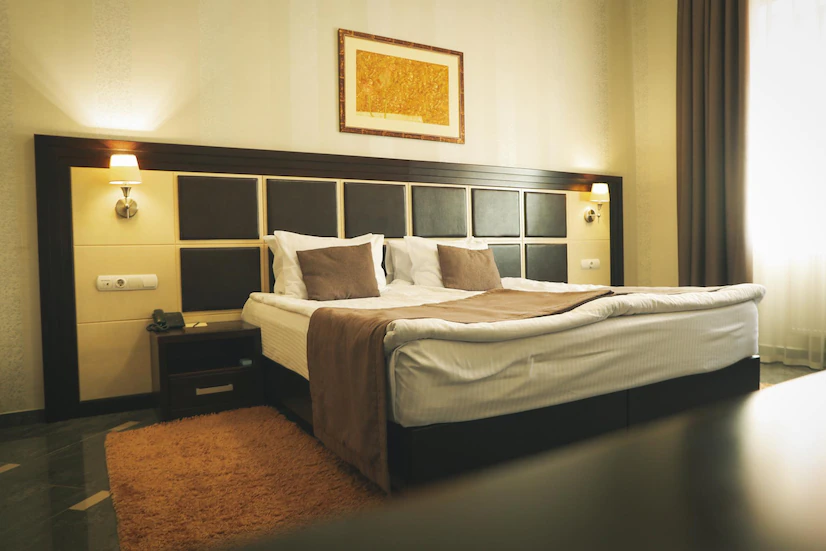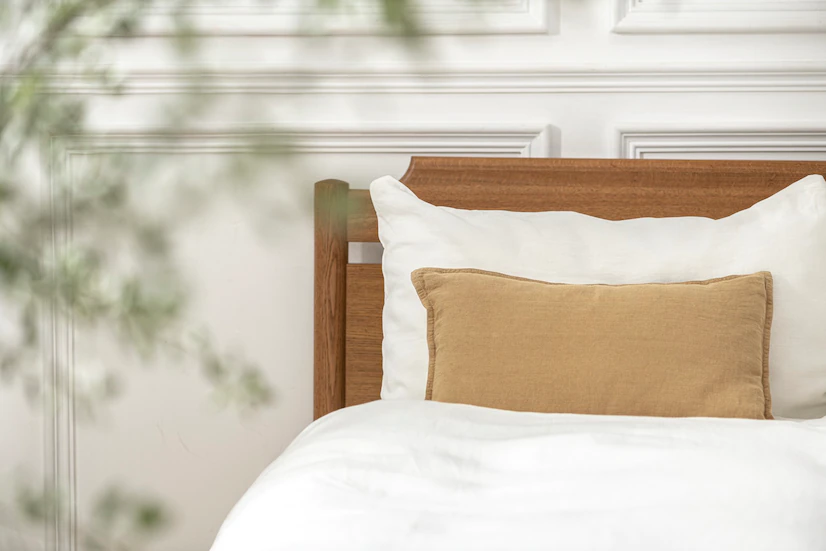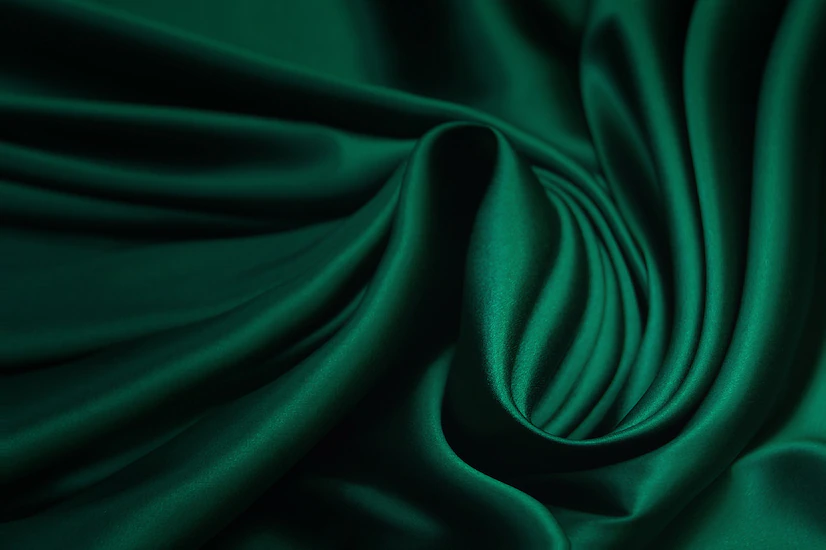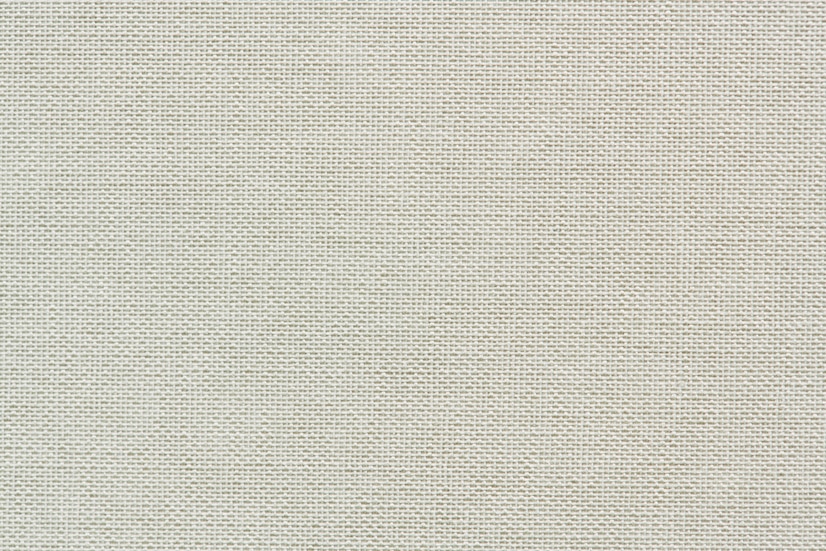What Kind Of Fabrics Can You Use In Hotels?
25 November 2022
5 Mins Read

toc impalement
Hotels face complex tests, like stains that leave marks on the fabrics and are hard to be removed.
You know you like your room impeccably, but are you aware of how much effort is put into this cleanliness? If you own a hotel, you most likely know the struggle.
Entrepreneurs must provide the staff with the best cleaning products in order to have satisfied clients that will return.
One undeniable thing is that sanitation and immaculateness are among the hotel’s top dealmakers or deal breakers.
And since hotels are classified as public utility facilities, they must meet security norms, which concern aspects ranging from the building to the fabrics used. The highly stringent standards must be met by all floor coverings, beddings, drapes, etc.
If you’re interested in the hospitality sector or want to start a hotel business, learn about the most prevalent fabrics used in hotels.
1. Cotton

Cotton bedding and towels can make your visitors happy because it is a very soft and breathable fabric. It is ideal for hotels in warmer regions or facilities that stay open only during the summer, thanks to its ability to absorb and control moisture and maintain airflow.
Unlike polyester, removing stains from cotton textiles is easier, but because it’s a flammable material, you might need to treat it with chemicals to make it flame-retardant.
Cotton is also hypoallergenic, meaning it does not irritate or trigger allergies. Some downsides of 100% cotton items include that they can shrink over time, they do not hold their form after being washed several times, and they can wear and rip pretty fast. Some hotels use 100% cotton bed sheets because customers perceive them as a luxury experience.
2. Performance fabrics
Performance fabrics combine synthetic fabrics like polyester, spandex, and nylon, which is why they’re stronger and more durable than traditional fabrics like wool or cotton. Using such products will most likely save time because you won’t have to replace them as often as with other types of textiles.
No one wants to lose precious time carefully cleaning textiles to avoid damaging them. Before purchasing these items, it’s normal to have a question: are performance fabrics easy to clean? And the answer is yes.
If you choose to buy from a reputable company that offers good-quality products, you can have low-maintenance performance fabrics that are easily cleaned with cold water and don’t require dry-cleaning services.
You can use them to cover your bed, accessorize rooms and walls, or cover the windows and floor. They’re also suitable for visitors and the staff because the rugs and bedding will still look fine even after something is spilled and cleaned.
3. Silk

As one of the most well-known and time-honored fabrics, silk has earned a prestigious reputation for its shiny appearance and rich feel. Silk items had dazzled the world since their roots in Ancient China, when they swiftly became one of the most sought-after exports, to their current status as a luxurious, captivating fabric.
Its reputation as a luxurious material arose from its sophisticated and glamorous look and soft hand feel. Yet, these products require careful and specific cleaning to keep their texture lustrous and fine. Some products look like silk but are not, especially if they’re cheap.
By comparing the shine of a specific material, synthetic “silk” can typically be differentiated from its natural counterpart – the fake one fails to convey the same glossiness as the genuine item.
4. Olefin
When accommodating adults and kids, you want to ensure that the beddings and rugs pass the test of time. Olefin fiber is a synthetic fiber manufactured from polyolefins, such as polypropylene or polyethene. It is another manufactured material that is sturdier and much stronger than many other fabrics.
This makes it a perfect fabric for various applications, the most frequent of which are rugs, carpets, mats in outdoor or semi-outdoor areas, and even car interiors.
This fabric is more resistant to water than many other materials, may be scratch-resistant, and take typical wear and tear well. Its advantages also include resistance to abrasion and sunlight.
5. Microfiber

Microfiber uses ultra-fine strands that are closely woven together to form a very soft fabric and have introduced comfort and luxury to the bedding market. There are several benefits to introducing microfiber into your hotel rooms.
For example, it is resistant to shrinkage, mildew, stretching, static cling, wrinkles, and some stains. Its colors last longer than other materials and provide insulation while being breathable.
What are the advantages of offering microfiber towels? Well, these have a high thread count per inch of cloth and can absorb their weight in water many times, making them significantly superior to traditional cleaning rags. Chemical cleaners and traditional cleaning cloths cannot remove all dirt and usually leave residues.
6. Polyester
Polyester has become one of the most versatile fibers in the world. It’s constantly improving as it is used in the fashion and home design industries. It’s not a natural product, like wool or cotton, and it’s a synthetic polymer, or PET, a type of plastic invented in the mid-1900s.
You can choose this fabric for a wide range of advantages besides its wrinkle resistance. For example, it dries fast, so you can use it as upholstery right after cleaning, and it is highly stain-resistant and easy to clean. Also, polyester fibers are lightweight, durable, and take dyes easily.
Conclusion
It’s not child’s play to prepare the interior of a hotel room. It’s even harder than decorating the bedroom in your home because you’ll have to cater to as many tastes and preferences as possible, all while complying with safety regulations.
When you choose the bedding, curtains, etc., ensure you don’t only look at the products’ aspects. Instead, consider factors like how long they’ll last, how user-friendly they are, how easily they can be washed and dried, and so on.
It would be best to regard the season, too, and use breathable fabrics in the summer and warm fabrics in the winter. This will remove the need for your clients to excessively use the AC, leading to saved money and energy.
Read Also:


















Comments Are Closed For This Article